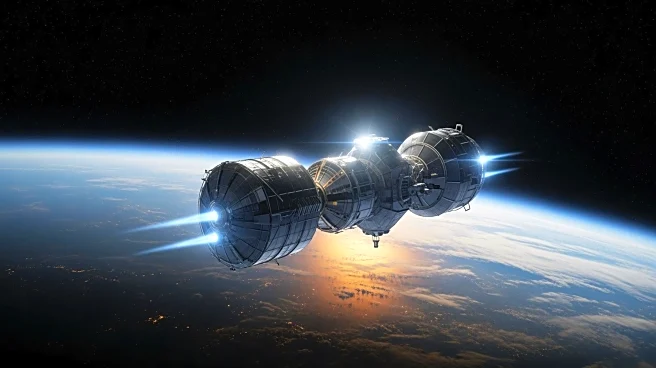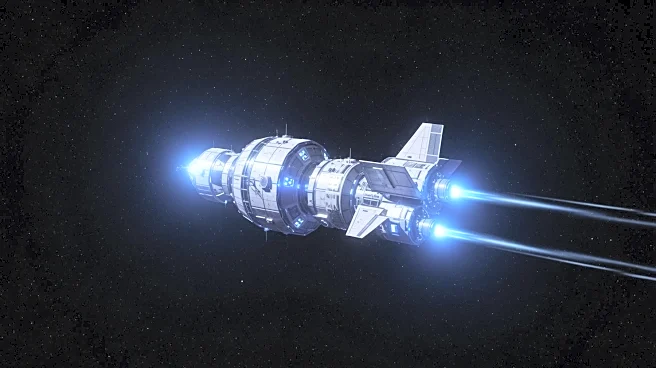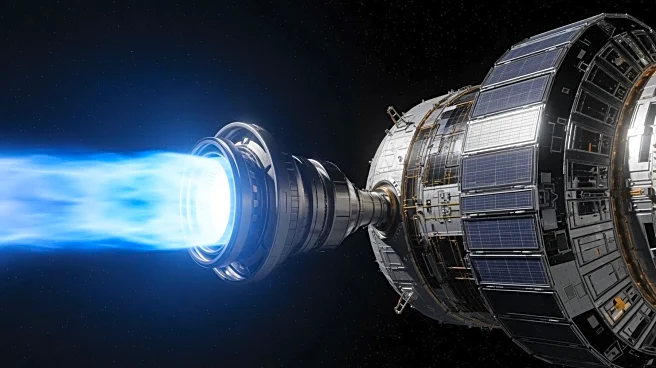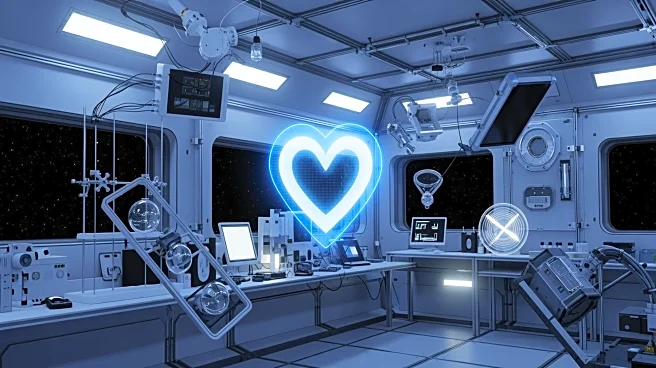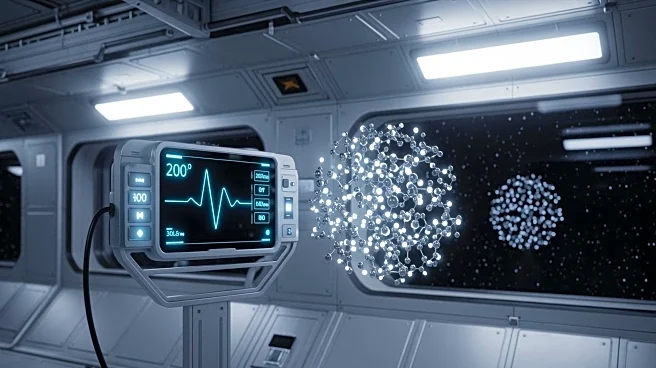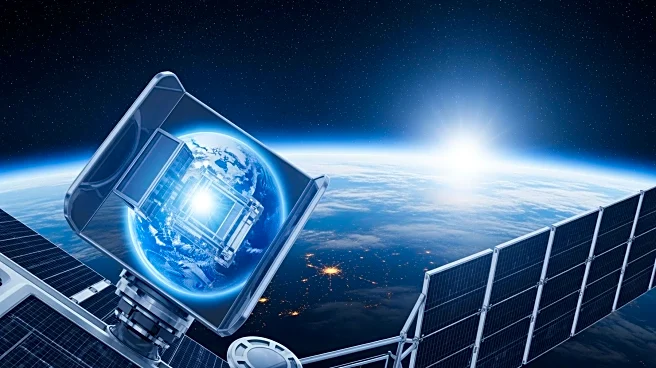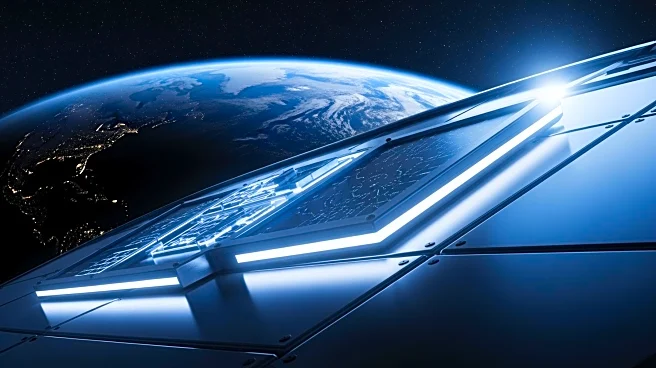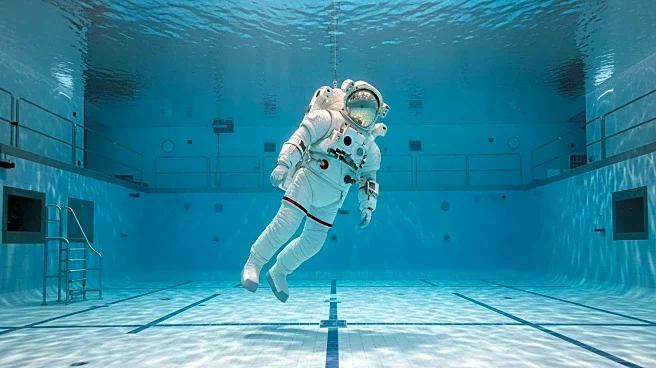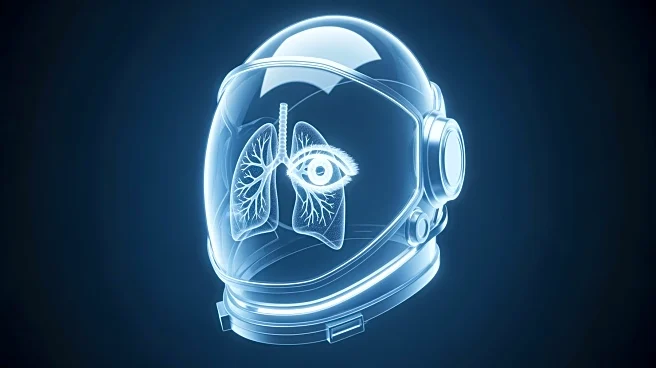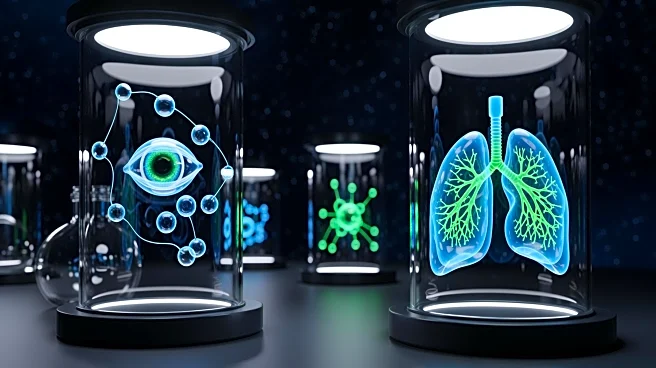What's Happening?
The International Space Station (ISS) has successfully increased its orbit altitude in preparation for the arrival of the Soyuz MS-28 crew spacecraft. The reboost was achieved by firing the engines of the Progress
93 cargo spacecraft, which is docked to the Zvezda service module. This maneuver raised the station's altitude by 1 mile at apogee and 2.3 miles at perigee, setting the stage for the arrival of NASA astronaut Chris Williams and Roscosmos cosmonauts Sergey Kud-Sverchkov and Sergey Mikaev. The new crew will join the existing Expedition 73 team, which is currently engaged in various scientific activities, including exercise research and fluid physics experiments. The station's residents are also preparing for the temporary expansion to 10 crew members, which will occur when the new crew arrives.
Why It's Important?
The orbital reboost of the ISS is crucial for maintaining the station's operational schedule and ensuring the safe arrival of new crew members. This maneuver highlights the ongoing collaboration between NASA and Roscosmos, as well as the importance of international partnerships in space exploration. The scientific research conducted aboard the ISS, such as exercise and fluid physics studies, contributes to our understanding of human health in space and has potential applications for improving life on Earth. The upcoming crew changeover is a routine yet significant event that underscores the continuous human presence in space and the ongoing commitment to scientific discovery.
What's Next?
Following the arrival of the Soyuz MS-28 crew, the ISS will temporarily host 10 crew members, allowing for an expanded scope of scientific research and maintenance activities. NASA astronaut Jonny Kim and Roscosmos cosmonauts Sergey Ryzhikov and Alexey Zubritsky will soon return to Earth, completing their mission and paving the way for Expedition 74. The station will continue to serve as a platform for international cooperation and scientific advancement, with future missions planned to further explore the potential of space-based research.
